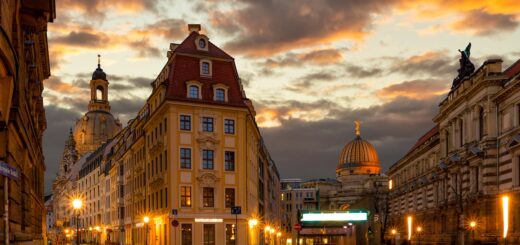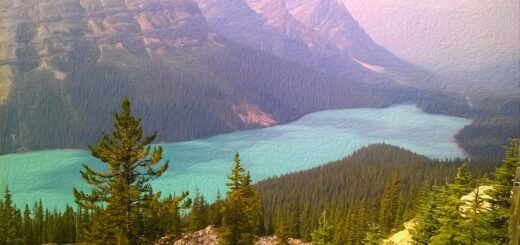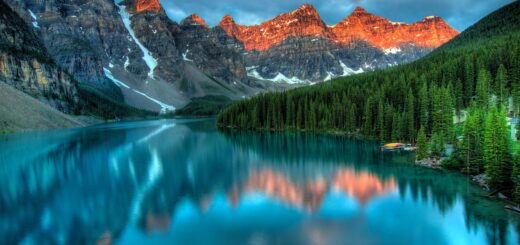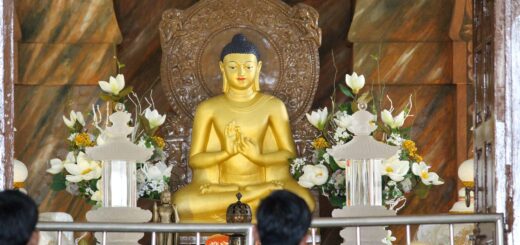Largest Forests in the World
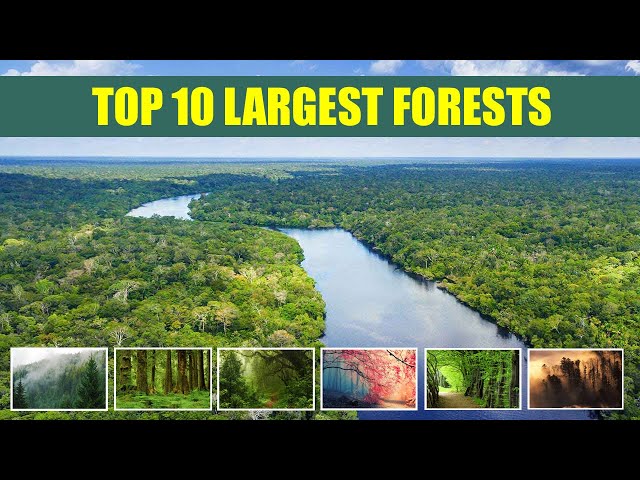
Introduction
Forests, the lungs of our planet, are not only crucial for maintaining ecological balance but also offer breathtaking beauty and a haven for diverse flora and fauna. From the towering canopies of ancient trees to the mysterious depths of lush undergrowth, forests captivate the human spirit. In this article, we embark on a journey to explore the top 10 forests in the world, each boasting unique features and contributing to the rich tapestry of our global ecosystem. These top 10 forests showcase the incredible diversity and beauty that our planet has to offer. As we marvel at these natural wonders, it is crucial to recognize the importance of conservation efforts to ensure that these ecosystems thrive for generations to come. Each forest tells a unique story, contributing to the global narrative of our interconnected natural world.
Amazon Rainforest (South America):
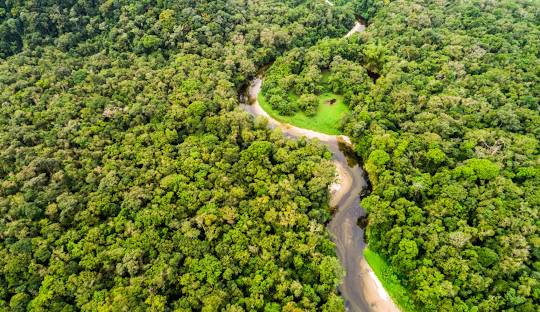
The Amazon Rainforest is the largest tropical rainforest on Earth, known for its incredible biodiversity and role in regulating the global climate. It’s also known as the “Lungs of the Earth,” the Amazon Rainforest spans over 6.7 million square kilometers across South America. It spans across multiple South American countries, including Brazil, Peru, Colombia, and others. Home to an unparalleled variety of plant and animal species, this mega-diverse forest plays a critical role in regulating the planet’s climate. Its total area is 6.7 million km2.
Congo Basin Forest (Africa):
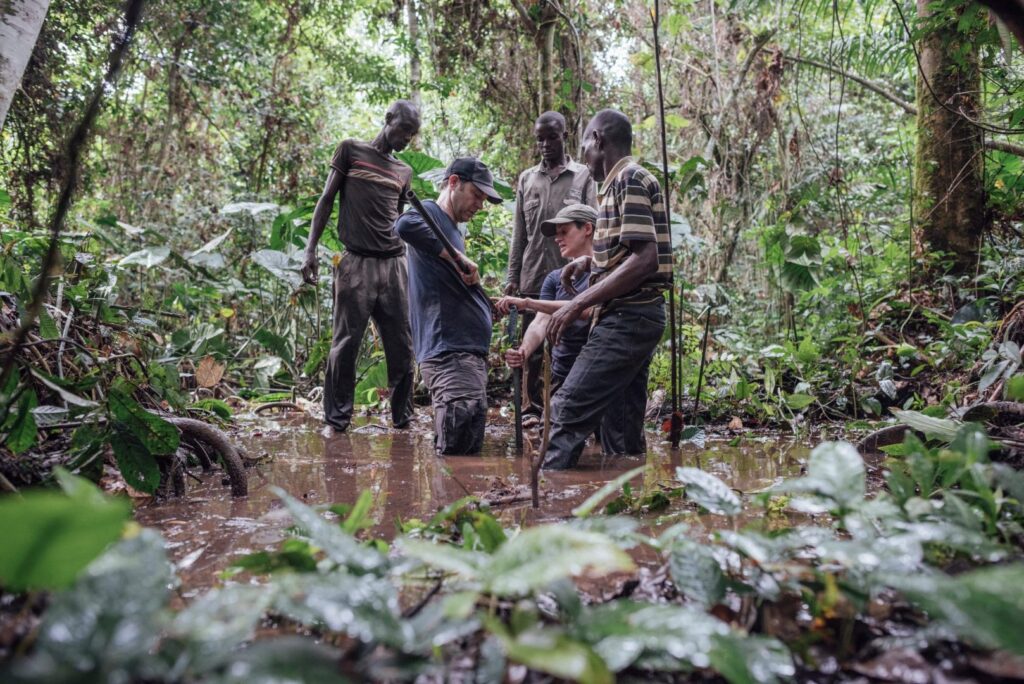
The Congo Basin is home to the second-largest tropical rainforest and is crucial for regional biodiversity, including endangered species like gorillas and elephants. Its total area is 3 million km2.
Boreal Forest (Taiga – Northern Hemisphere):
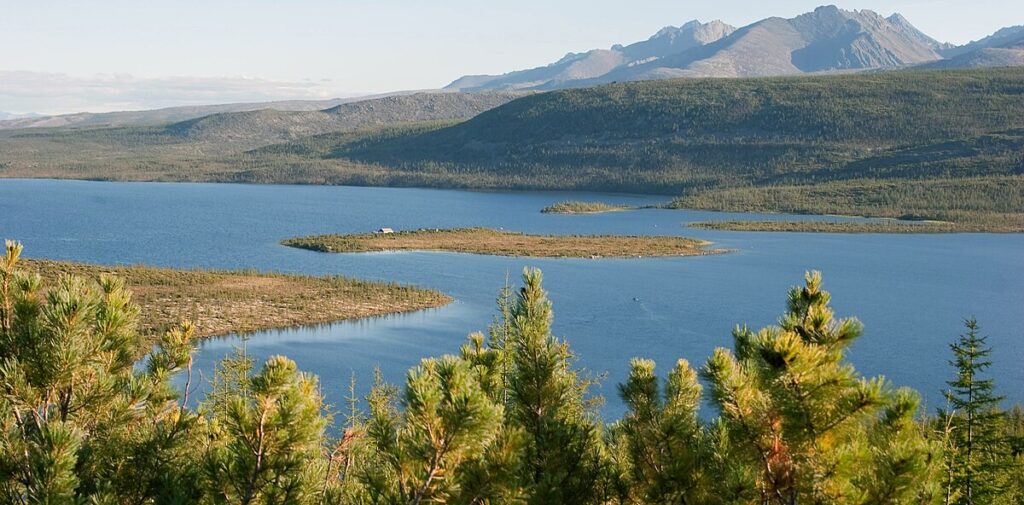
The world’s third largest terrestrial biome, the Boreal Forest, blankets vast regions of North America, Europe, and Asia. Recognized for its coniferous trees, such as spruce, fir, and pine, it serves as a vital habitat for numerous wildlife species and plays a significant role in global carbon storage. It consists mainly of coniferous trees and plays a critical role in global carbon storage. Its total area is 248,100 km2.
Tongass National Forest (United States):
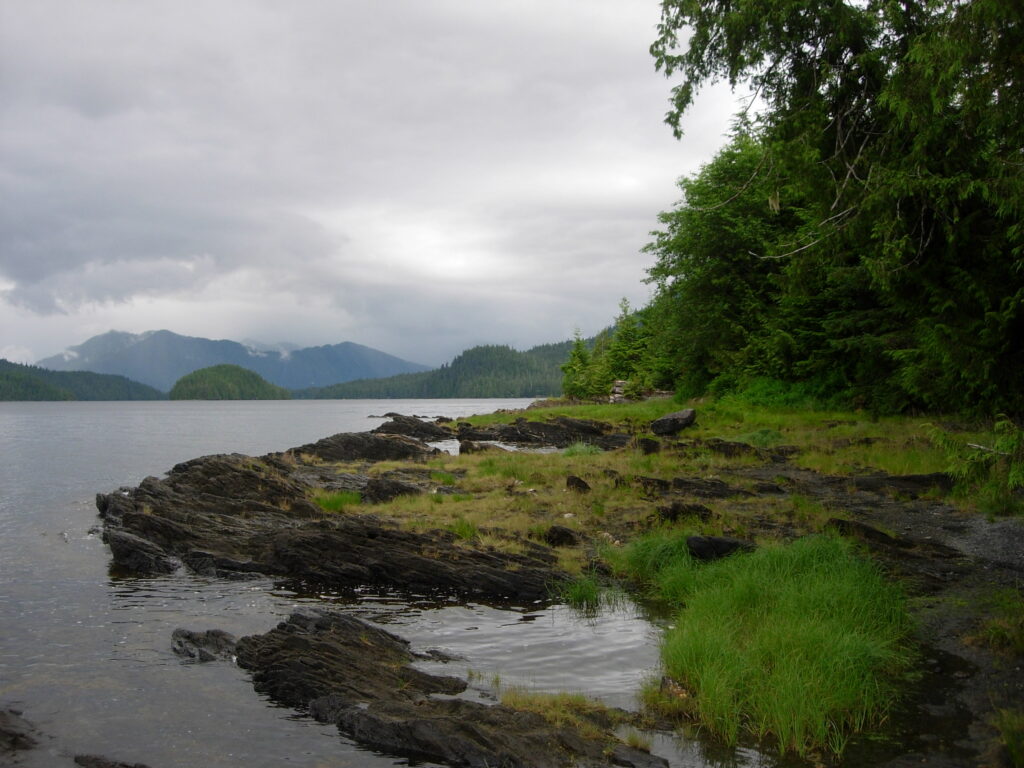
The Tongass National Forest in Alaska is the largest national forest in the United States, Encompassing the southeastern part of Alaska. It is known for its breathtaking landscapes, fjords, and diverse wildlife, including bald eagles and bears, attract nature enthusiasts and researchers alike. Its total area is 68,000 km2.
Black Forest (Germany):
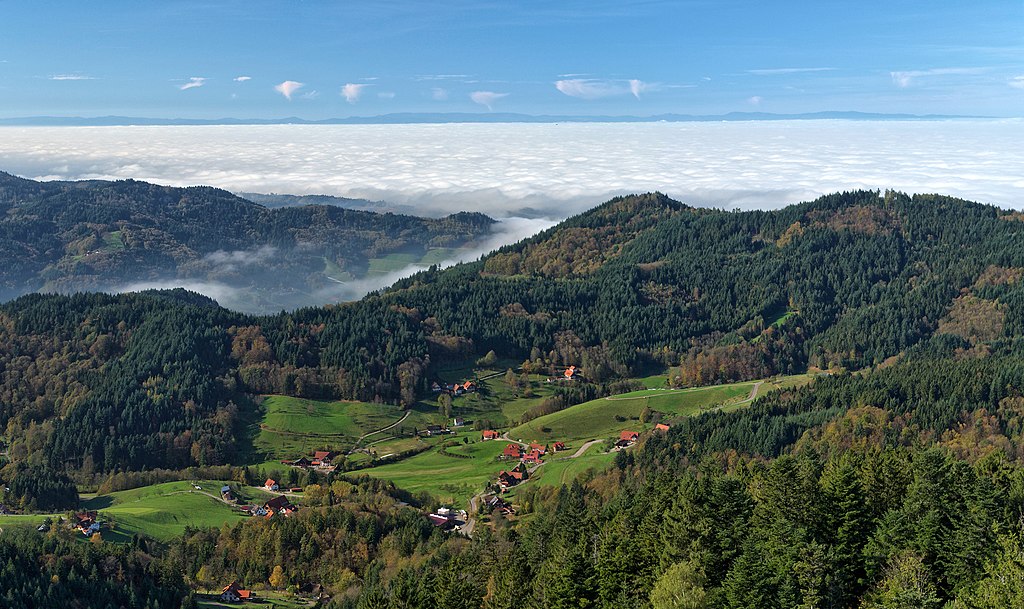
The Black Forest, or Schwarzwald, in Germany, is a vast and picturesque woodland region famous for its dense canopies, charming villages, and folklore. This European gem offers a perfect blend of natural beauty and cultural richness. The Black Forest is a mountainous region in southwest Germany, bordering France. Known for its dense, evergreen forests and picturesque villages, it is often associated with the Brothers Grimm fairy tales. It’s renowned for its spas and the cuckoo clocks produced in the region since the 1700s. The region’s largest town, Freiburg, is filled with Gothic buildings and surrounded by vineyards.
Monteverde Cloud Forest, Costa Rica:
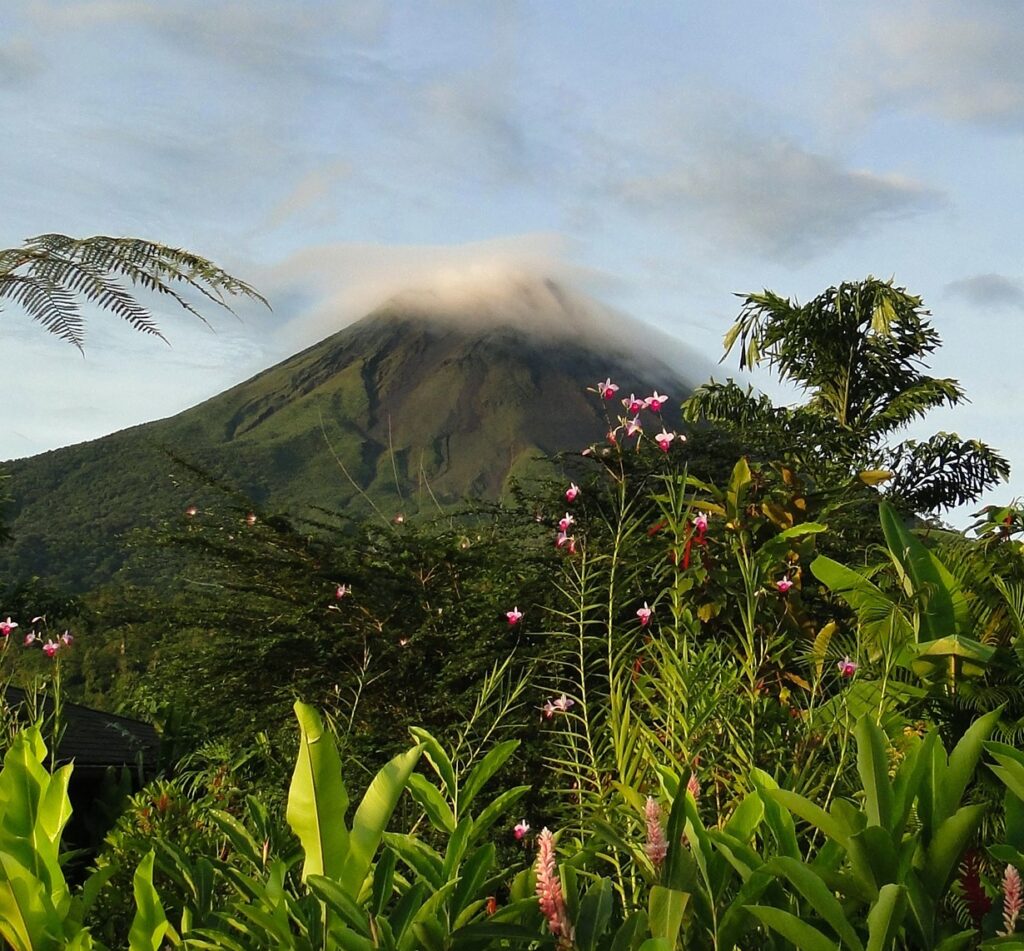
Perched on the Continental Divide in Costa Rica, the Monteverde Cloud Forest Reserve is a misty wonderland brimming with diverse plant and animal life. The ethereal atmosphere and unique biodiversity make it a must-visit destination for eco-tourists.
Daintree Rainforest (Australia):
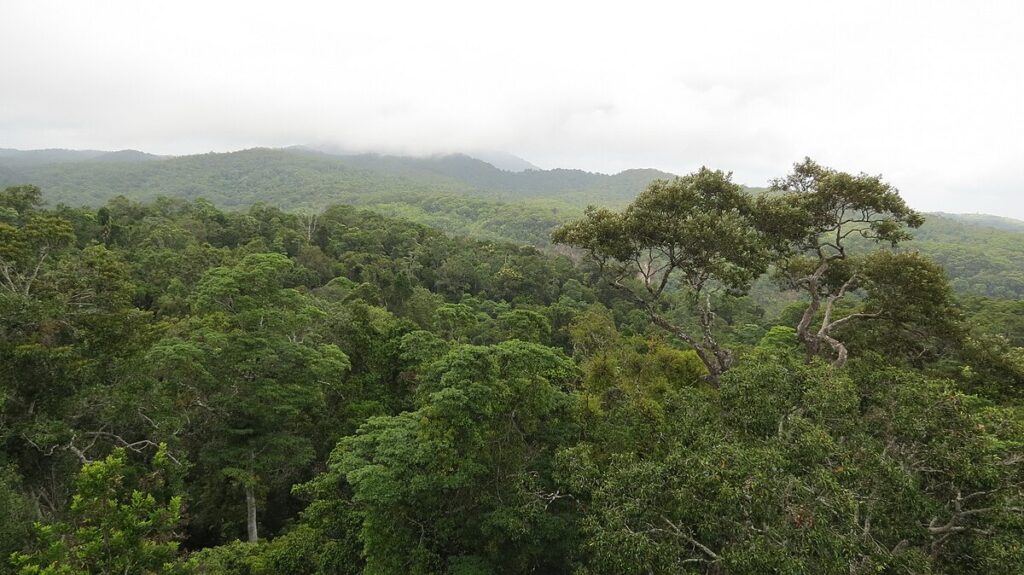
Located in Queensland, Situated in the northeast of Australia, the Daintree Rainforest is the oldest continuously surviving tropical rainforest on Earth. Its unique biodiversity includes primitive flowering plants and an array of rare animal species, making it a UNESCO World Heritage site. It’s offering a unique ecosystem with a remarkable diversity of flora and fauna.
Yakushima Forest (Japan):
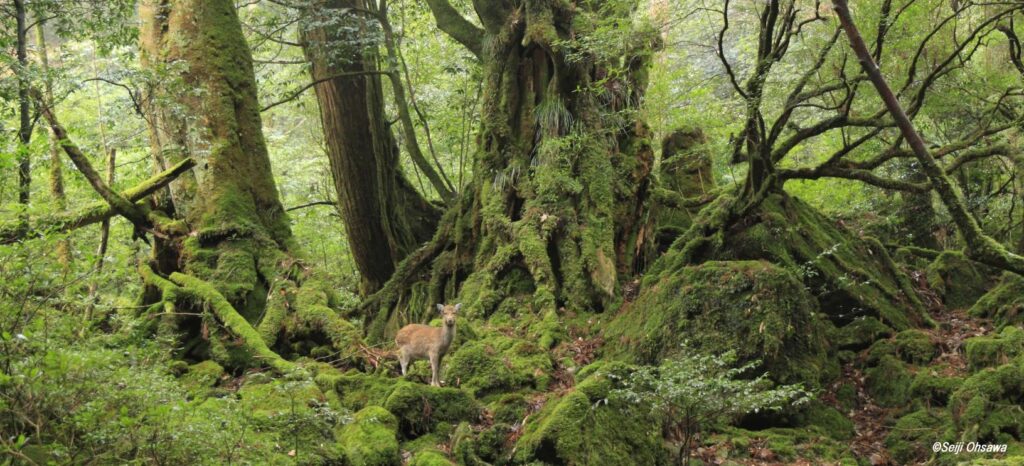
Yakushima, a UNESCO World Heritage site in Japan, is famous for its ancient cedar trees and unique flora some of which are over 1,000 years old. The mystical ambiance and the presence of rare wildlife contribute to its allure. The forest has inspired cultural elements, including Hayao Miyazaki’s animated film “Princess Mononoke.”
Tropical Rainforest Heritage of Sumatra, Indonesia:
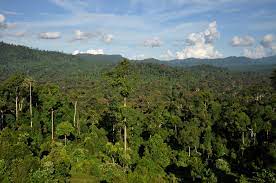
This UNESCO-listed site encompasses three national parks on the island of Sumatra: Gunung Leuser, Kerinci Seblat, and Bukit Barisan Selatan. The forests here are home to critically endangered species like the Sumatran orangutan and the Sumatran tiger.
Great Bear Rainforest (Canada):
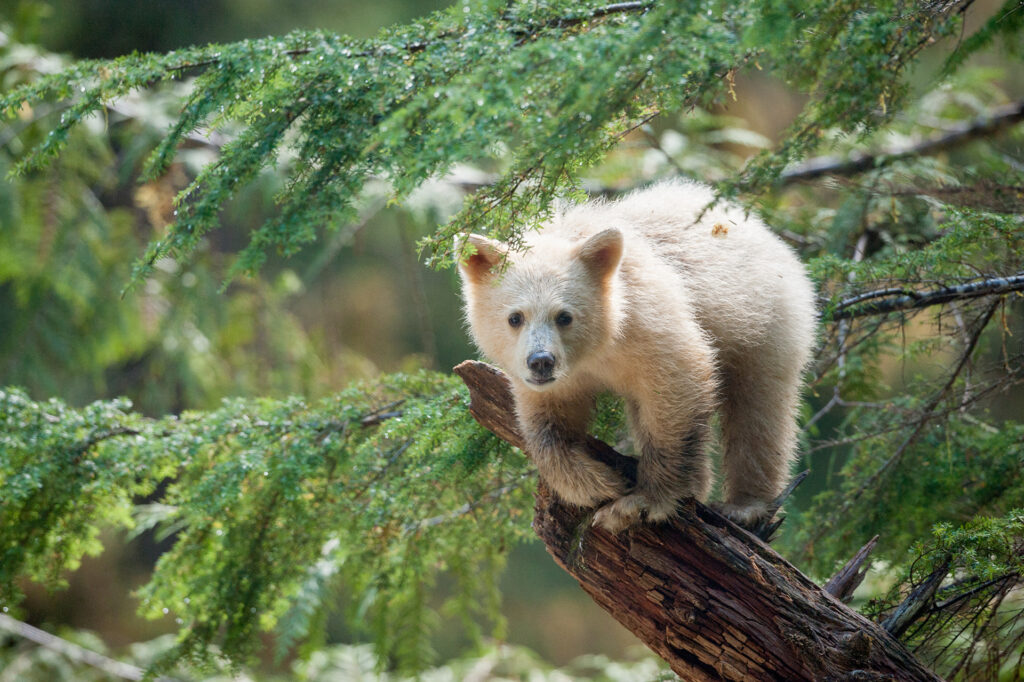
Located along the central coast of British Columbia, Canada, the Great Bear Rainforest is a pristine wilderness boasting ancient cedars, diverse ecosystems, and a significant population of the rare Kermode, or “spirit,” bear. It is home to a diverse range of wildlife, including the rare white Kermode bear.
Goblin Forest, New Zealand:
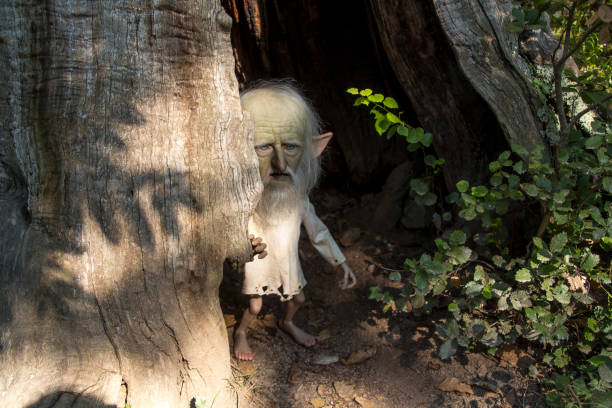
Nestled on the slopes of Mount Taranaki in New Zealand, the Goblin Forest (also known as Kamahi Forest) is a magical woodland filled with twisted trees and moss-covered rocks. The unique, otherworldly atmosphere makes it a favorite among hikers and nature photographers.
Mossy Forest of the Cameron Highlands (Malaysia):
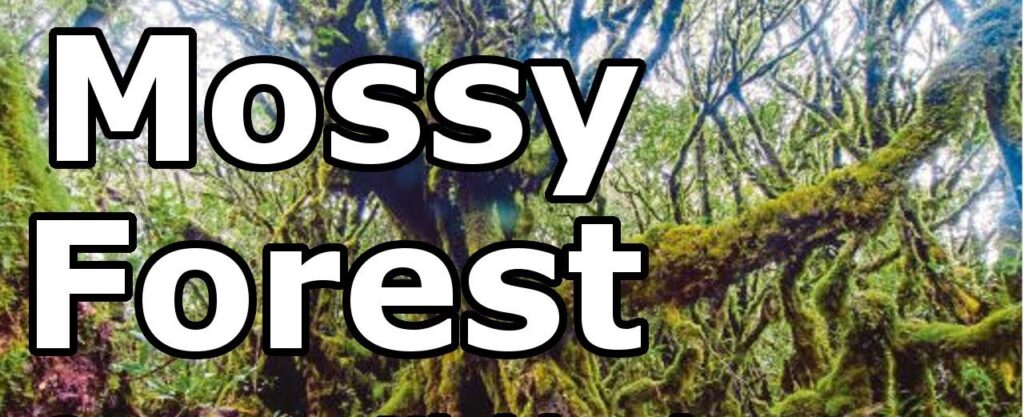
The Mossy Forest, situated in the Cameron Highlands of Malaysia, is known for its mist-covered landscapes, unique mossy vegetation, and a variety of plant and animal species.

